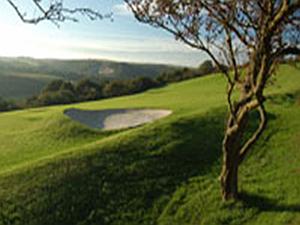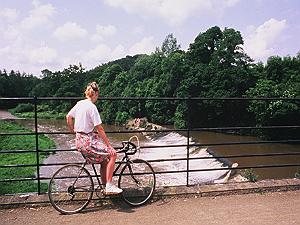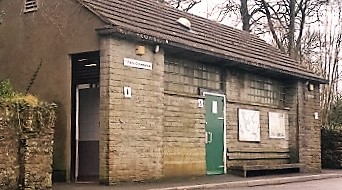Mace Bearer – Carole Weeks

Our first female Mace Bearer (as far as we know!), Carole has lived in Great Torrington all her life. She comes from a family who have resided in the town for several generations. She loves its traditions and is keen to play her part in keeping them alive.
A huge fan of Mayfair, she joined in with the maypole dancing and the guard of honour for the May Queen and her entourage as a child.
She has had several jobs over the years including working for School Pictures at Greenbank, the meat factory, social services, and Dartington Crystal where she met her husband, Paul. Indeed, her connection to the glass factory goes back to when her Swedish step-father helped to set up the glass factory in the 1960s.
Carole now runs her own cleaning business, a venture she embarked on nearly 20 years ago.
Carole applied to be a Mace Bearer as it is important to her that the traditional roles of the town are carried out by local people. She was delighted to take up the post in 2022 and now attends the Town Council’s numerous civic occasions.


 5 minutes from the centre of the town , is the Torrington Golf Club.
5 minutes from the centre of the town , is the Torrington Golf Club. Great Torrington has superb hilltop location, giving extensive views up and down the Torridge valley.
Great Torrington has superb hilltop location, giving extensive views up and down the Torridge valley. Torridge District Council own the swimming pool which is a traditional, 5 lane 25 metre facility situated on School Lane , in close proximity to the centre of town.
Torridge District Council own the swimming pool which is a traditional, 5 lane 25 metre facility situated on School Lane , in close proximity to the centre of town.
